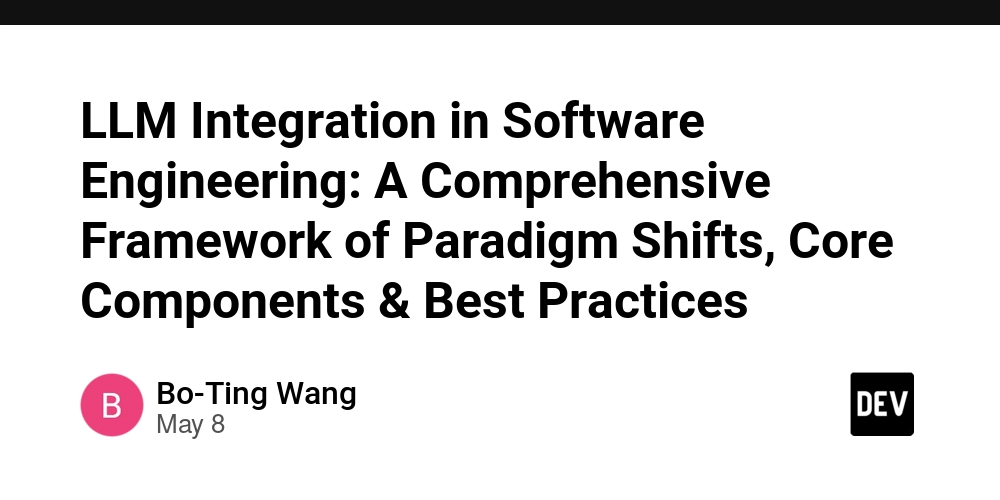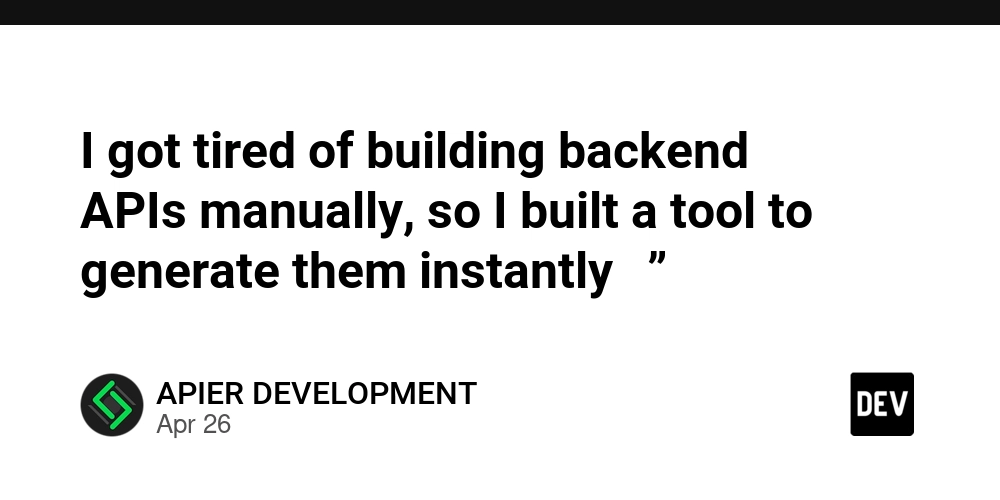AI Agent Blame Game: Who Failed & When? Attribution Accuracy Under 54%
This is a Plain English Papers summary of a research paper called AI Agent Blame Game: Who Failed & When? Attribution Accuracy Under 54%. If you like these kinds of analysis, you should join AImodels.fyi or follow us on Twitter. Overview Research on automatically identifying which AI agents cause failures in multi-agent systems Introduction of Who&When dataset with 127 failure cases and annotations Development of three attribution methods for finding responsible agents Best method achieved 53.5% accuracy for agent identification Poor performance (14.2%) in identifying specific failure steps Even advanced models like OpenAI and DeepSeek struggled with the task Plain English Explanation Multi-agent systems are like teams of AI workers collaborating on tasks. When something goes wrong, it's crucial to know which team member made the mistake and when it happened. Think of invest... Click here to read the full summary of this paper

This is a Plain English Papers summary of a research paper called AI Agent Blame Game: Who Failed & When? Attribution Accuracy Under 54%. If you like these kinds of analysis, you should join AImodels.fyi or follow us on Twitter.
Overview
- Research on automatically identifying which AI agents cause failures in multi-agent systems
- Introduction of Who&When dataset with 127 failure cases and annotations
- Development of three attribution methods for finding responsible agents
- Best method achieved 53.5% accuracy for agent identification
- Poor performance (14.2%) in identifying specific failure steps
- Even advanced models like OpenAI and DeepSeek struggled with the task
Plain English Explanation
Multi-agent systems are like teams of AI workers collaborating on tasks. When something goes wrong, it's crucial to know which team member made the mistake and when it happened. Think of invest...








































































































































































![[The AI Show Episode 146]: Rise of “AI-First” Companies, AI Job Disruption, GPT-4o Update Gets Rolled Back, How Big Consulting Firms Use AI, and Meta AI App](https://www.marketingaiinstitute.com/hubfs/ep%20146%20cover.png)






















































































































































































































































































































































































![Beats Studio Pro Wireless Headphones Now Just $169.95 - Save 51%! [Deal]](https://www.iclarified.com/images/news/97258/97258/97258-640.jpg)







































































































